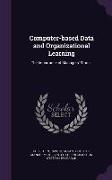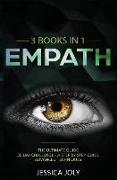Alternative Architectures for Systemic Functional Linguistics and Other Theories of Language
BücherAngebote / Angebote:
The central concept in Systemic Functional Linguistics (SFL) is that of choice between meanings - these being realized in structures. The important question that forms the starting point for this book addresses is: How do we, as users of language, choose between the features in the system networks? As the book shows, an adequate answer to this question presupposes an adequate overall model - or architecture - of language and its use. And, since all functional theories of language face the same challenge of modelling how we produce and understand sentences and the longer stretches of discourse in which they occur, this book should interest all functionally-oriented linguists. As its title implies, this book surveys the various architectures that have been proposed in SFL both for the lexicogrammar itself and for the overall architecture within which this is set (with a brief look at the architectures of other functional models). It then proposes criteria for evaluating alternative overall architectures, and it identifies the type most likely to prove adequate in the long run. Such an architecture must have these two attributes: (i) it must be genuinely comprehensive, and so provide for both the socio-cultural and the cognitive-interactive aspects of language, and (ii) it must work - i.e. it must be usable not only to describe texts - which is the essential first stage in developing such a model - but it must also be capable of being expressed sufficiently explicitly to be modelled in a computer. A major chapter then describes the preferred model - which is also the most comprehensive - component by component (at its current stage of development). Another provides a detailed picture of selected portions of an example of the key enabling innovation, i.e. the microplanner that determines what elements in the message will be selected as various types of Theme. Then a third major chapter provides a walk through that illustrates the whole architecture at work (the context being an anxious moment in the life of a fictitious industrial spy). While many of the components described have been implemented in computer models of an earlier version of the proposed architecture, there is a strong emphasis on the need to integrate with this - which took an essentially a cognitive-interactive approach - the insights that emerge from the socio-cultural wing of work in SFL - work that has so far proved less amenable to incorporation in computer models of language in use. The book concludes with a summary evaluation of existing proposals for alternative architectures in SFL, and by suggesting the further work that is needed to create and complete a new, genuinely comprehensive architecture.
Noch nicht erschienen




